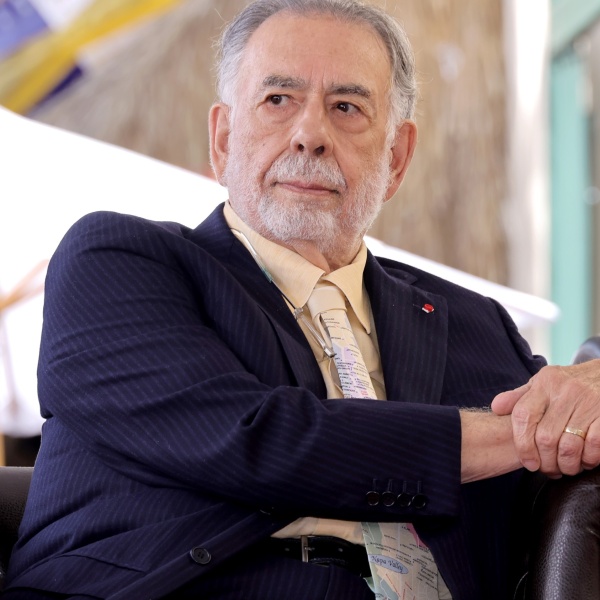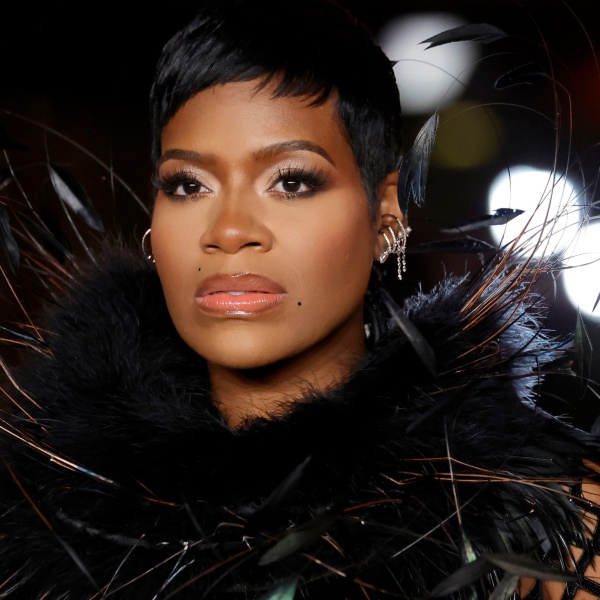Netflix wants nothing to do with you Basic… subscribers.
Days ago, the streamer began to notify its Basic plan subscribers that their service would end at the conclusion of their current billing cycle if they did not choose a new option. Netflix warned months ago this was coming, and that it would start during the current quarter with crackdowns in the UK and Canada before coming stateside. It appears we are still in the UK-and-Canada phase; Americans, you’re on the clock.
When reached, a Netflix spokesperson simply pointed IndieWire to the company’s previous heads-up in a January 2024 letter to shareholders. We know.
In October 2023, Netflix increased the price of its Basic plan for subscribers in the U.S., the UK, and France by two dollars, from $9.99 to $11.99 monthly. At the same time, it eliminated the Basic plan as an option for new subscribers. Basic offered the cheapest non-ad-supported subscription to Netflix. The tradeoffs were its relatively low streaming quality and a strict limit on streaming across multiple devices.
At the same time, Netflix increased the price of its Premium plan by three dollars, from $19.99 to $22.99 monthly. The Premium plan is Netflix’s most expensive membership option. It offers Ultra HD picture quality, downloads, and more extensive simultaneous streaming options.
The fall 2023 price hike was actually delayed due to the writers and actors strikes. But once those were resolved and Netflix was no longer playing enemy number 1 (with David Zaslav as 1a), the increase was on — but not totally across the board. Netflix kept its ad-supported plan (Standard with Ads) at $6.99/month, and its popular ad-free Standard plan at $15.49 monthly.
“While we mostly paused price increases as we rolled out paid sharing, our overall approach remains the same — a range of prices and plans to meet a wide range of needs, and as we deliver more value to our members, we occasionally ask them to pay a bit more,” Netflix executives said at the time via the company’s third-quarter shareholder letter. “Our starting price is extremely competitive with other streamers and at $6.99 per month in the U.S., for example, it’s much less than the average price of a single movie ticket.”
There goes Netflix, hating on movie theaters again.
It was the subsequent quarter’s shareholder letter that warned of the Basic shutdown.
Netflix, like Amazon Prime Video and others, is pushing advertising on its consumers. Once a streamer reaches scale on AVOD, it can command better rates and raise its ARPU (average revenue per user, what Netflix insists on calling ARM: average revenue/member). Isn’t that ironic for the streamer that so famously swore off commercials for so long?
Streaming is all about additional revenue streams these days. The ads weren’t an immediate slam dunk, but Netflix’s password-sharing crackdown was. After that, an industry-wide game of follow the (streaming) leader began.




